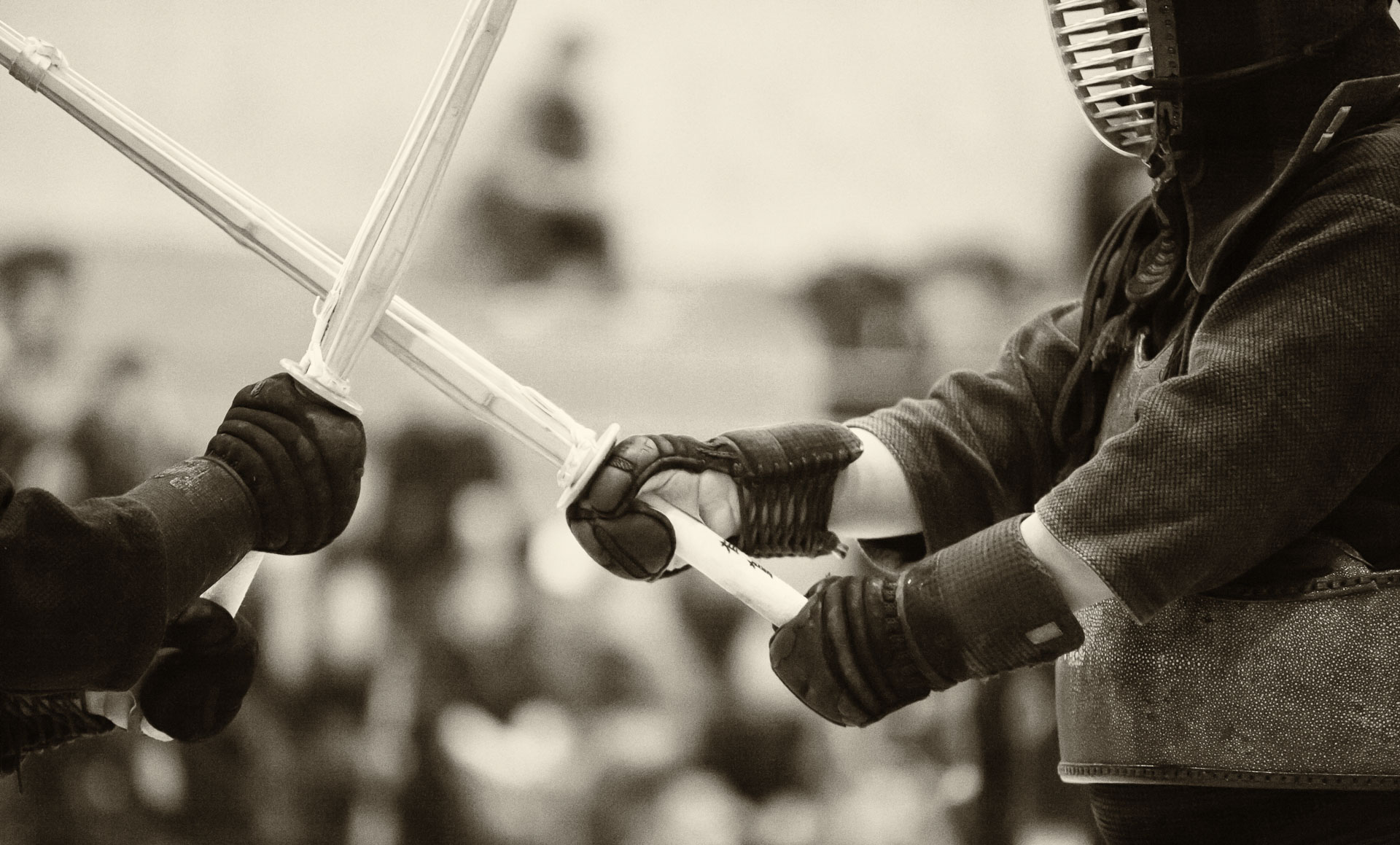
In his auto-biographical “Surely You’re Joking, Mr. Feynman!
”, Richard Feynman criticized physics textbooks of his day by saying that most examples in them were written by people, who never tried to replicate the problems as experiments (for example, to illustrate friction, one could have timed how long it would take a rolling ball to stop on different surfaces). When I first read it, I thought how much fun it would be to do things not for their potential value or impact, but simply for “the pleasure of finding things out”, as Feynman put it. But at the same time, I thought that it would be prohibitively impractical: who would be interested in a simple friction experiment that must have been done countless times before?
It is justification of trying and doing fun things that what I, and probably most other people, struggle with. Perhaps, one way to think about it is to somehow link the individual fun experiments into larger-scale projects. Perhaps, thinking about them as contributing to a “body of work“, e.g., learning a skill, developing a relationship with a child, etc.
Speaking about doing fun things with children, last week, I learned that a cheetah, my daughter’s favourite animal, can cover 7 m in a single stride. This came from the illustrated book called “Animal!” that she spent a lot of time with over the Spring break. As a side note, the photographs in that book and nothing short of amazing – quite inspiring. In the spirit of Feynman’s suggestion, we measured 7 m with a measuring tape, and it turned out that a cheat could jump across both our living and dining rooms at once! I must say that it is one thing to read about 7 meters in a book and another to see what it looks like in reality. Power of a physical demonstration in action!
























